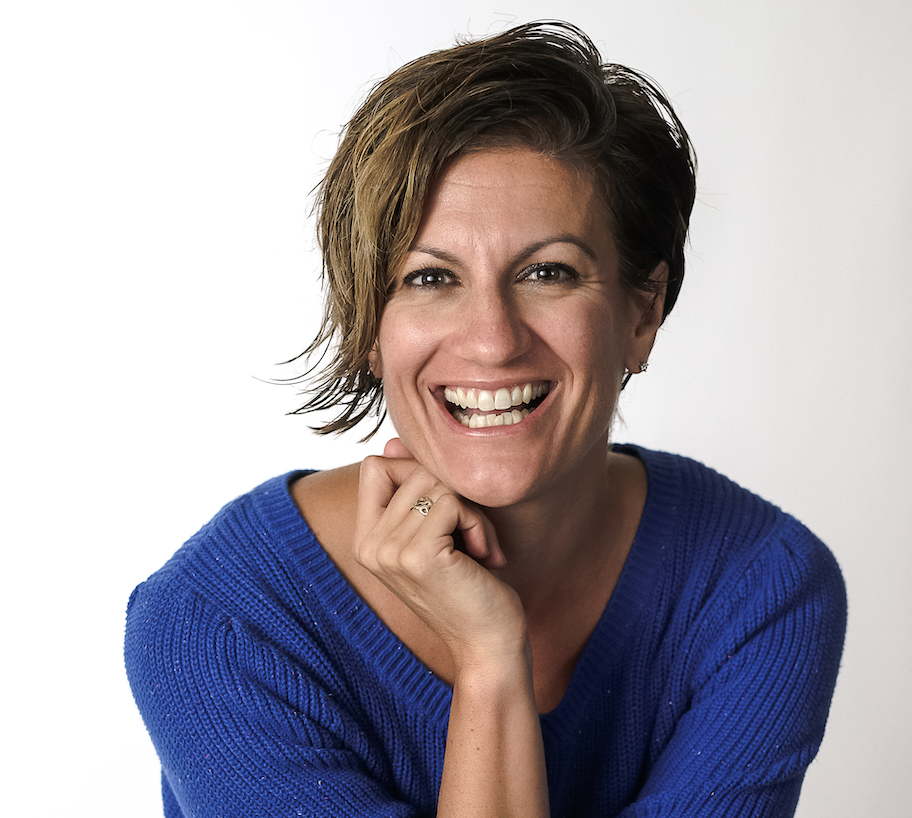I often am asked the question, “Why UDL?” and my answer is simple. We are preparing students for their future. We are not preparing them for our past. The way that we have been teaching students for decades will no longer meet their needs because we are preparing them for jobs that don’t even exist yet and technology that is replaced daily. In this new world, we have to teach our students how to be thinkers, love challenge, and commit to innovation. We can not do this when we, as educators, are in charge of their learning.
When I first started teaching, I was pretty confident in my content knowledge in ELA. The kids needed me to help them analyze Shakespeare; they needed me to unpack and model rhetorical strategies. They needed me to craft an essay question so they could all read Sparknotes and write 100 versions of the same essay that made me want to poke my eyes out with my red pen. What was I preparing them for? College, I told myself. A career as a literary critic, maybe? In fact, I was preparing them to be compliant and to do what I told them to do. It was not intentional, but that was my message, my hidden curriculum, nonetheless.
When I learned about Universal Design for Learning (UDL), I resisted. For a fleeting moment, I saw myself being replaced. What would the classroom be, if I wasn’t the star, standing proudly like an Oscar recipient as they watched in awe? The answer? The classroom would be engaged. Students would be collaborating to analyze Shakespeare by connecting with students around the world, arguing about the use of rhetoric in political campaigns, and taking their learning into the community to create anti-smoking campaigns, to begin Academic Competition Teams, and fight to find their way in the world. They gave me feedback and challenged me to prove myself against the internet, to admit my mistakes and learn from them, and to help them carve a path into a place that didn’t exist. I couldn’t do this alone, nor could they do it without me. My role as an educator became even more important when I stepped out of the spotlight because it required me to craft and personalize my message to all students instead of throwing it out in a “one-size-fits-all” ball and hoping it stuck.
As an administrator, I still identify as a teacher. My classroom is bigger, but my job is the same. I can’t tell stakeholders how to analyze the district strategy; they don’t need me to unpack their standards, and they certainly don’t need me to tell them all how to teach. Instead, I am tasked with inspiring them to reflect on WHY they got into teaching, WHAT they need to do to help students to prepare for the future, and HOW they are going to do that. Then, once they have shared their plans, I can provide feedback, collaborate, and inspire them so they can take risks, make mistakes, learn from them, and continue to innovate.
UDL is a full circle. It’s not about compliance, it’s about engagement and engagement means everyone has firm goals and flexible means. It’s a heck of a ride.
For more information on how to lead and optimize systems change with UDL, check out the UDL Playbook for School and District Leaders or one of our courses on how to implement UDL.
This post has been updated since the time of the original publishing date.



